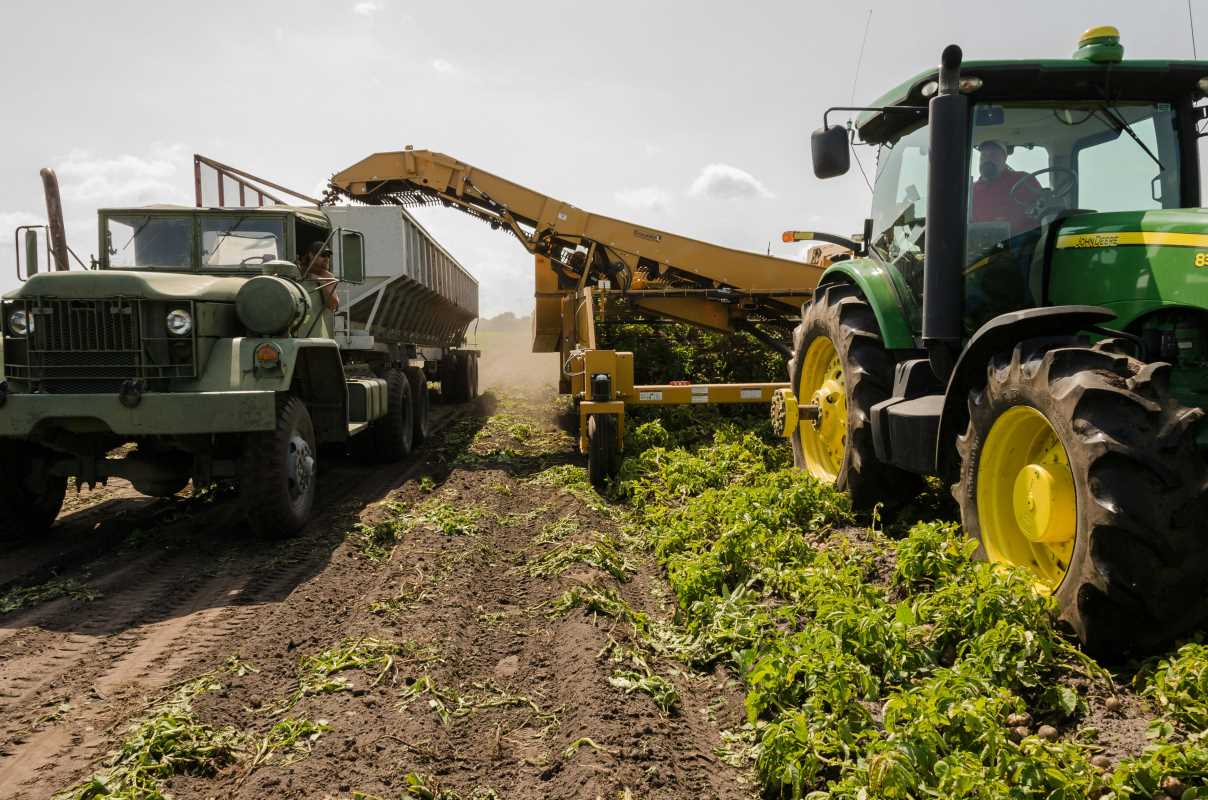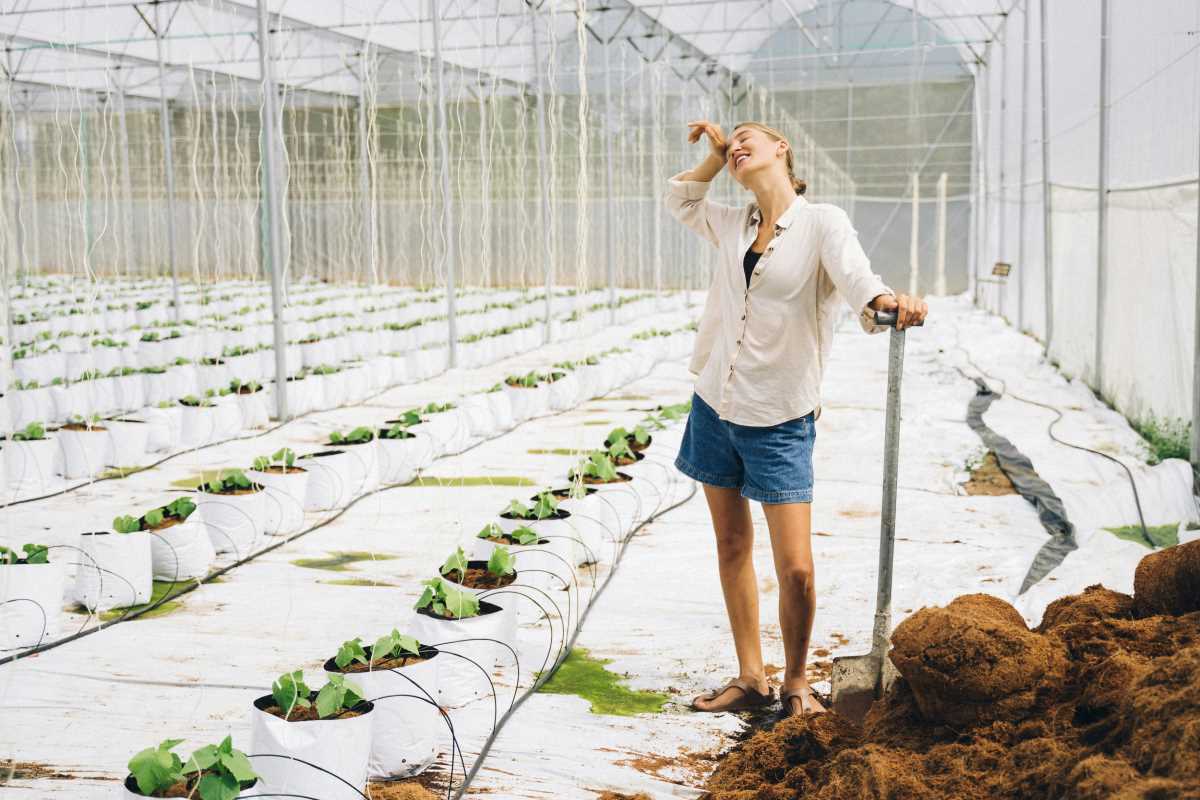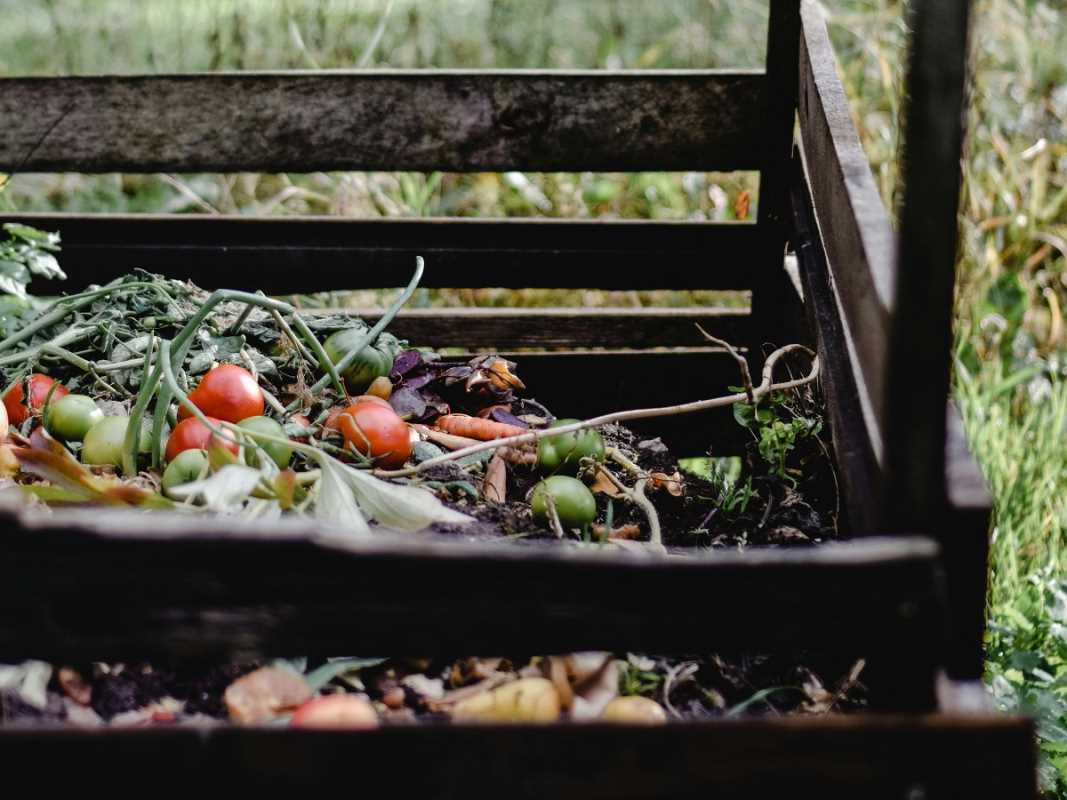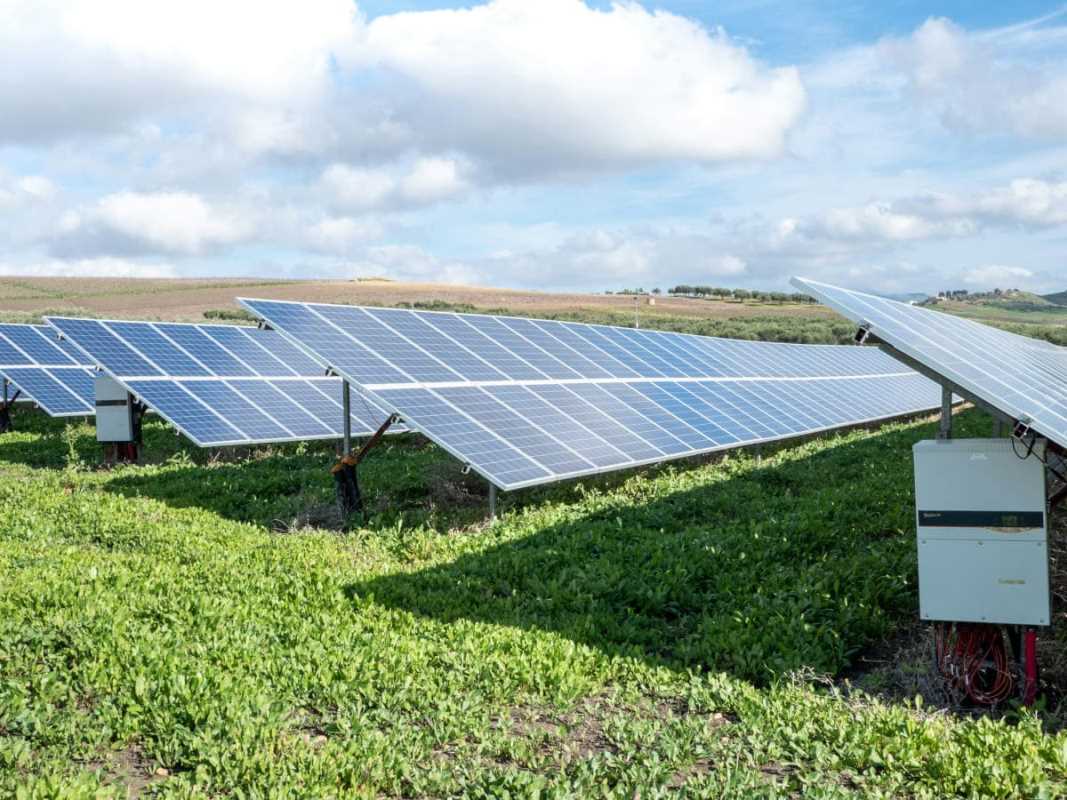Reliable weather information guides farmers as they plan and manage crops over wide expanses of land. Daily updates allow them to decide when to irrigate, plant seeds, or harvest produce with confidence. Local community weather stations record specific shifts in temperature, rainfall, and wind that can make a real difference to the health of crops. By using precise data, land managers adjust their practices to match changing conditions, which helps them grow stronger crops and achieve better harvests. This careful attention to weather details supports both productivity and sustainability in agriculture.
Local observations have become a key component in managing crops effectively. In areas where weather patterns change quickly, having access to real-time information makes a noticeable difference. This custom approach helps predict and address issues before they become costly challenges.
What Are Community Weather Stations?
Community weather stations are compact systems installed on farms or in rural areas. They gather information like temperature, humidity, wind speed, and rainfall. This data offers a clearer view of local weather conditions that large-scale forecasts may miss. Small and accurate, these units deliver insights that help farmers adjust their activities in real time.
These weather stations form networks that create detailed maps of local microclimates. Farmers benefit by knowing exactly how the weather behaves around their fields. This information serves as the foundation for making smart decisions about crop cycles.
Benefits of Weather Stations for Crop Planning
Weather stations provide several practical benefits by offering accurate updates. Reliable data helps farmers prevent crop stress and avoid over-irrigation. It also guides adjustments to fertilization and pest management schedules. Tracking conditions enables land managers to adapt quickly as the weather changes.
Here are some clear benefits of using community weather stations:
- Real-time updates on temperature and rainfall support timely decision-making.
- Data helps in planning irrigation schedules to optimize water use.
- Early alerts of extreme weather events minimize crop and property damage.
- Local microclimate details assist in choosing crop varieties best suited for the area.
6 Ways Weather Stations Support Farmers
Weather stations support agricultural practices in many practical ways. Each feature contributes uniquely to managing large tracts of land and ensuring crop survivability. The following list breaks down the main contributions of these systems:
- Timely Irrigation Decisions: Data on rainfall and humidity levels helps schedule irrigation only when necessary, conserving water and reducing costs.
- Optimized Planting Schedules: Detailed forecasts and historical trends allow farmers to plan planting dates that match ideal soil and atmospheric conditions.
- Enhanced Pest Management: Shifts in temperature and humidity affect pest populations. Early detection of these changes gives farmers extra time to adjust pest control measures before infestations grow.
- Nutrient Management: By monitoring factors like rainfall and temperature fluctuations, growers can adjust fertilizer application rates, which helps prevent nutrient runoff.
- Accurate Yield Predictions: Continuous weather data provides insights into crop development, supporting more reliable estimates of harvest sizes and quality.
- Improved Risk Management: Early warnings of storms or frost allow farmers to protect vulnerable crops, reducing the overall risk associated with unpredictable weather.
Farmers use these methods to maintain strong operations even when facing unpredictable conditions. Data-driven decisions replace guesswork and lead to better outcomes overall.
This approach has advanced modern farming, offering practical benefits that no longer depend solely on regional forecasts.
Integrating Weather Data with Other Farm Technologies
Many land managers combine weather data with advanced systems on the farm. Sensors, automated irrigation controllers, and soil monitors work together with this data to create efficient systems. Connecting weather information with these tools enables quicker responses to changes. The result is a smooth management process that conserves resources and boosts overall crop performance.
Precise data supports local crop planning, allowing farmers to adjust their routines based on real-time conditions. Improved compatibility between different tools increases productivity and simplifies complex workflows, ensuring that shorter-term weather shifts are addressed promptly.
Overcoming Challenges in Setting Up Weather Stations
Overcoming challenges in setting up weather stations is possible with simple solutions. Place devices in open areas and perform regular maintenance to ensure data accuracy. Modern systems are more affordable, and support from cooperatives and suppliers makes integration easier.
Wireless connectivity and user-friendly interfaces speed up adoption, while training and community knowledge-sharing help new users get started quickly. These stations provide valuable insights for crop management and boost farm efficiency.
 (Image via
(Image via





